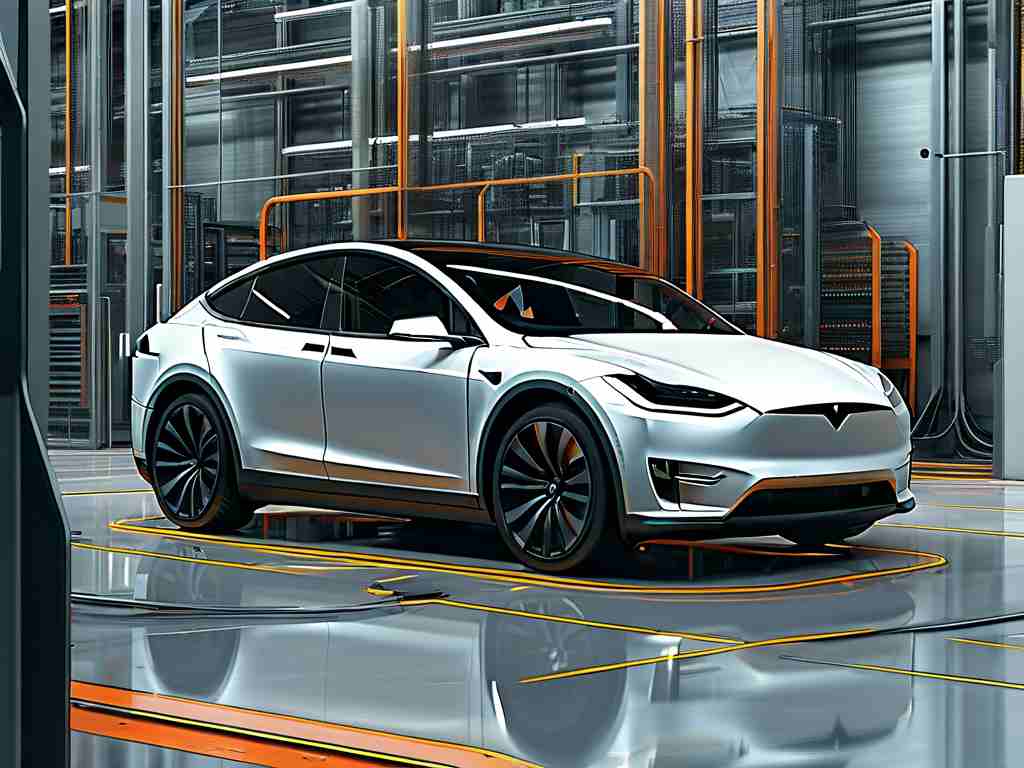The automotive industry's shift toward electrification has introduced complex engineering challenges, particularly in visualizing and organizing vehicle systems. Creating effective distributed architecture diagrams for electric vehicles (EVs) requires balancing technical precision with clarity. This article explores practical strategies for designing these diagrams while addressing unique EV components and communication protocols.

Understanding EV-Specific Requirements
Unlike traditional internal combustion engine vehicles, EVs rely on interconnected subsystems such as battery management systems (BMS), motor controllers, and charging interfaces. A distributed architecture diagram must clearly separate these domains while illustrating their interdependencies. Engineers should start by cataloging core components:
- High-voltage battery packs
- Power distribution units
- Thermal management systems
- Vehicle control modules
Code snippets representing communication protocols (e.g., CAN bus messages) may be included to demonstrate data flow:
# Example CAN message structure for BMS
can_msg = {
'id': 0x2F4,
'data': [voltage, temperature, state_of_charge],
'cycle_time': 100ms
}
Layering Approach for Clarity
Effective diagrams employ a multi-layer structure:
- Physical Layer: Show hardware placement and wiring routes
- Data Layer: Map communication networks (CAN, LIN, Ethernet)
- Functional Layer: Highlight software interactions between ECUs
Use color coding to differentiate between safety-critical systems (red) and auxiliary functions (blue). Avoid overcrowding by creating subsystem-specific views before integrating them into a master diagram.
Tool Selection Criteria
While Visio remains popular, modern alternatives like Lucidchart or draw.io offer real-time collaboration features essential for distributed teams. For automotive-specific applications, tools like PREEvision provide predefined EV component libraries but require budget consideration.
Validation and Iteration
Test diagram effectiveness through peer reviews and simulation tools like MATLAB/Simulink. A well-structured diagram should enable engineers to:
- Identify single points of failure
- Trace signal paths across subsystems
- Optimize component placement
Case Study: Regenerative Braking Integration
A North American EV manufacturer redesigned their architecture diagram to resolve energy recovery latency issues. By visually isolating the brake control module's communication path to the BMS, engineers reduced signal delay by 22% through topology optimization.
Future-Proofing Considerations
As vehicles evolve toward V2X connectivity, diagrams must accommodate external interfaces for:
- Smart grid integration
- Over-the-air updates
- Autonomous driving sensors
Leave margin space in diagrams for anticipated components like edge computing nodes or AI accelerators.
Common Pitfalls to Avoid
- Mixing abstraction levels within the same view
- Omitting fail-safe communication pathways
- Overlooking ground connection layouts in HV systems
Regularly update diagrams to reflect firmware changes – a 2023 SAE study found 40% of automotive design errors originate from outdated documentation.
By combining systematic organization with EV-specific domain knowledge, engineers can create architecture diagrams that serve as both design blueprints and troubleshooting guides. As the industry advances toward centralized compute architectures, these visualization skills will remain critical for managing increased system complexity.



